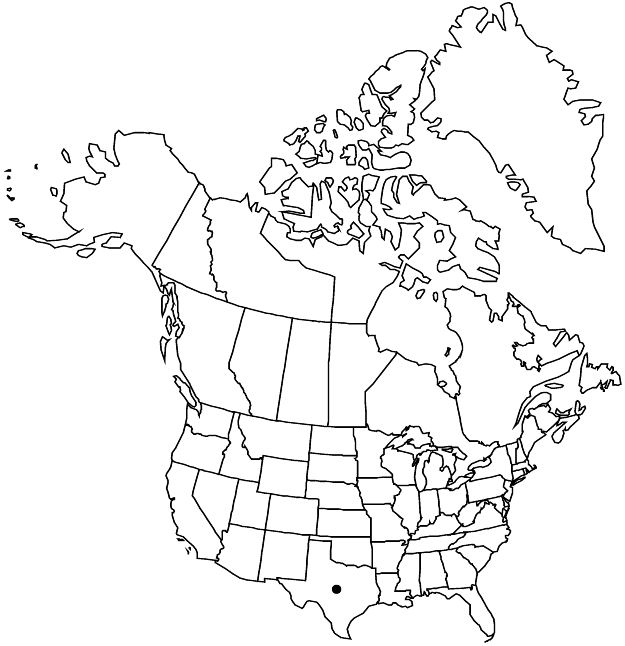familyRosaceae
subfamilyRosaceae subfam. Amygdaloideae
genusCrataegus
sectionCrataegus sect. Coccineae
speciesCrataegus texana
varietyCrataegus texana var. texana
Difference between revisions of "Crataegus texana var. texana"
Synonyms: Crataegus quercina Ashe
Treatment appears in FNA Volume 9. Treatment on page 555.
FNA>Volume Importer |
FNA>Volume Importer |
||
| Line 46: | Line 46: | ||
|publication year= | |publication year= | ||
|special status= | |special status= | ||
| − | |source xml=https://jpend@bitbucket.org/aafc-mbb/fna-data-curation.git/src/ | + | |source xml=https://jpend@bitbucket.org/aafc-mbb/fna-data-curation.git/src/f6b125a955440c0872999024f038d74684f65921/coarse_grained_fna_xml/V9/V9_939.xml |
|subfamily=Rosaceae subfam. Amygdaloideae | |subfamily=Rosaceae subfam. Amygdaloideae | ||
|tribe=Rosaceae tribe Gillenieae | |tribe=Rosaceae tribe Gillenieae | ||
Revision as of 21:39, 24 September 2019
Leaf blades: lobes 2–4 per side, sinuses deep, lobe apex ± angled.
Phenology: Flowering Mar–Apr; fruiting Sep–Nov.
Habitat: Brush
Elevation: 10–100 m
Discussion
Variety texana is apparently restricted to south-central Texas, where it is locally common. Sporadic forms from southeastern Texas with rhombic-ovate, deeply incised leaves and yellowish fruit likely represent introgression with Crataegus mollis var. viburnifolia.
Selected References
None.
Lower Taxa
None.
